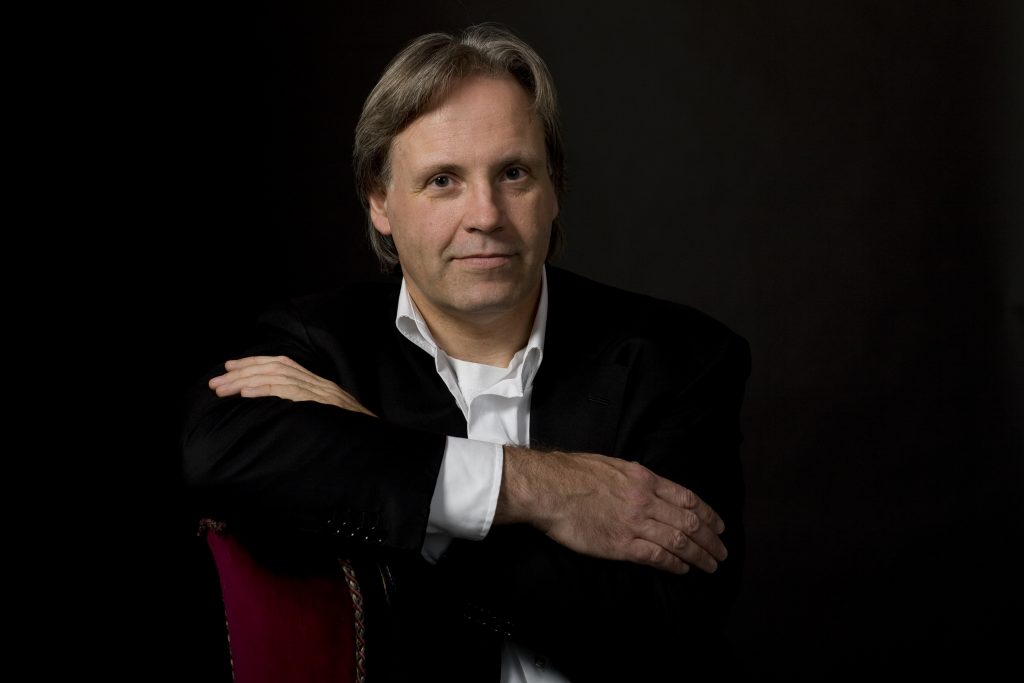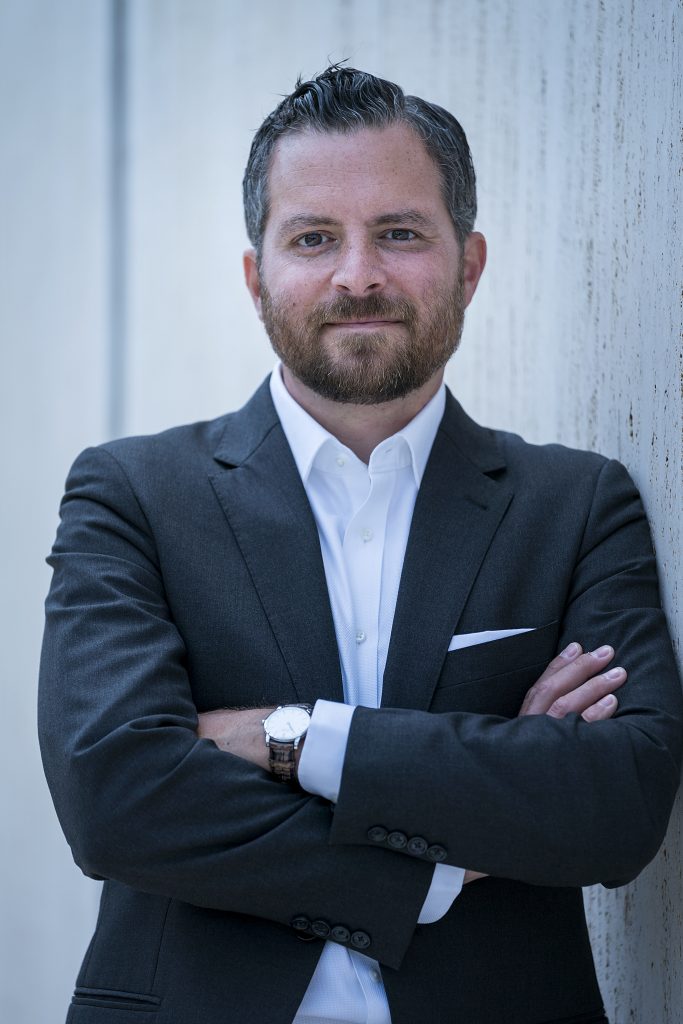A Mozart Requiem Performance to Cherish and Remember
It has been a long wait, but at this weekend’s performance of Mozart’s Requiem at the San Diego Symphony (November 17-19), we finally heard the San Diego Master Chorale many San Diegans and I have been waiting to experience: a well-balanced chorus that produced robust, focused fortes; crafted clean, energized phrasing, mastered a wide dynamic compass, and communicated the depth of every facet of a complex, impassioned major work. Of equal importance, this polished 80-voice chorus proved a worthy foil to the symphony in the significantly improved musical profile recently retired Music Director Jahja Ling left this orchestra.
The take no prisoners approach of guest conductor Markus Stenz made this account of a familiar staple of the concert hall choral repertory memorable. His vigorous yet completely detailed direction was clearly driven by Mozart’s vibrant setting of the Requiem text, sharply illuminating its kaleidoscopic changes and chiaroscuro voicing—from the awe-inspiring proclamation of the “Dies Irae” and explosive shout of “Rex tremendae” to the shimmering cries of “Salve me” and pleading “Lacrimosa.”I was particularly impressed with the Master Chorale’s muscular articulation of the mighty fugal sections: the bold, angular “Kyrie,” the insistent “Quam olim Abrahae promisisti,” as well as the blazing fugues of the Sanctus and Agnus Dei, each taken at bracing tempos. The assured preparation by Master Chorale Music Director John Russell clearly paid significant dividends in these challenging sections of the Requiem.
In the past, the quartet of vocal soloists has too often proven the weak link in an otherwise strong choral-orchestral performance in Copley Symphony Hall, but this quartet—soprano Jessica Rivera, mezzo-soprano Jennifer Johnson Cano, tenor Colin Balzer, and bass Adam Lau—proved to be strong individually and even more so as an ensemble. The differences in their vocal colors and techniques disappeared when they united in the glorious “Benedictus,” for example.The orchestra, as it amply demonstrated in Haydn’s Symphony No. 103 that preceded the Requiem, delivered a bravura account of Mozart’s instrumental score, equal to the Master Chorale’s conviction and prowess, and filled with delectable wind solos that both touched the heart and amazed the mind. Second trombone Samuel Wamhoff’s virtuoso roller coaster ride through the “Tuba mirum” could not have been more exciting or polished.
During Ling’s tenure as the orchestra’s Music Director, the symphonies of Joseph Haydn did not receive significant attention, and when they were programmed, they rarely rose to great heights. Even with that caveat, Stenz and and players covered themselves with glory in Haydn’s Symphony No. 103 (“Drum Roll”) in the most compelling performance of a late classical symphony I have heard this orchestra play.
Stenz took the con spirito markings of the outer movements as his inspiration for the entire symphony, never rushing but always keeping Haydn’s exuberance front and center. The tight sectional ensembles combined with the winning sonic warmth of the string sections made me want to hear more of Haydn’s exquisite late symphonies, written with such craft and inspiration at the apex of his illustrious career. And I would be remiss if I failed to salute the spirited and impeccable contributions of timpanist Ryan J. DiLisi, who brought artistry as well as power to the many solos that give this work its beloved nickname.
The San Diego Symphony and San Diego Master Chorale presented this program November 17-19, 2017, in the Jacobs Music Center’s Copley Symphony Hall. The November 19 performance was attended for this review. The next concert on the Jacobs Masterwork Series will be presented December 1 & 2, 2017, under the direction of David Danzmayr in the same venue.

Ken Herman, a classically trained pianist and organist, has covered music for the San Diego Union, the Los Angeles Times’ San Diego Edition, and for sandiego.com. He has won numerous awards, including first place for Live Performance and Opera Reviews in the 2017, the 2018, and the 2019 Excellence in Journalism Awards competition held by the San Diego Press Club. A Chicago native, he came to San Diego to pursue a graduate degree and stayed.Read more…





What a difference a week (and a conductor) make! After a very disappointing French program we just got an amazing performance by the San Diego Symphony (and of the Master Chorale) to cherish indeed. I would agree with this review on pretty much every point except that I would be way less indulgent with the vocal soloists. With the exception of mezzo-soprano Jennifer Johnson Cano, it was to my ears a very unfortunate miscast. In my opinion, Mozart’s (i.e not Verdi’s) Requiem doesn’t need, and actually suffers from such wide vibratos (soprano and bass) and the tenor didn’t sound to be in his best vocal form. Markus Stenz’ Beethoven last season had left me cold, but his Haydn was quite something and proved that he is of a higher caliber than lots of the other contenders for the position of Music Director. Let’s hope he is on the short list…
I corrected the name of the trombone soloist in the Mozart Requiem. Sam Wamhoff was substituting for Logan Chopyk in these performances.
I always enjoy reading Ken Herman’s nicely written reviews. His immense descriptive vocabulary is amazing and makes reading the reviews especially satisfying.